The Ultimate Guide to Choosing the Right Press Fittings for Your Plumbing Needs
When it comes to plumbing, the importance of selecting the right components cannot be overstated, especially when it involves press fittings. These innovative connectors are designed to provide leak-free joints, making them a popular choice among both professional plumbers and DIY enthusiasts. However, with a variety of press fittings available on the market, determining the best option for your specific plumbing needs can be overwhelming. This guide aims to simplify the decision-making process by providing comprehensive insights into the different types of press fittings, their materials, and key factors to consider when making your selection. Whether you are looking to complete a small repair or undertake a major plumbing project, understanding how to choose the right press fittings is essential for ensuring a reliable and efficient plumbing system. With the right knowledge, you can confidently select the fittings that will best suit your application, enhancing the longevity and performance of your plumbing installation.
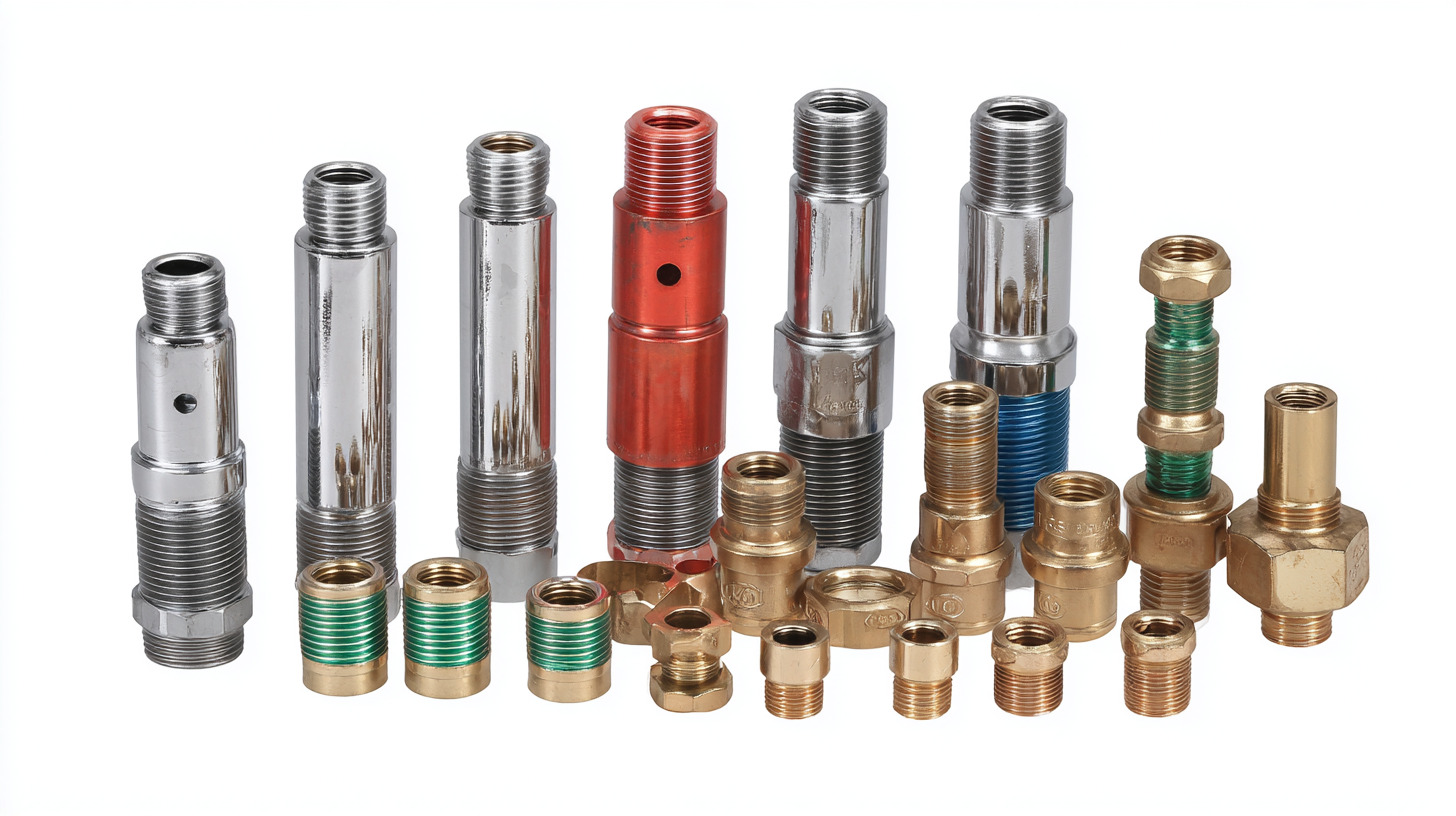
Understanding Different Types of Press Fittings: A Comprehensive Overview
When selecting the right press fittings for your plumbing projects, it's essential to understand the various types available, as each serves a specific purpose. The most common types include copper, stainless steel, and PEX fittings. Copper press fittings are renowned for their durability and resistance to corrosion, making them ideal for both residential and commercial plumbing systems. They are typically used for water supply lines and are compatible with various types of installations.
Stainless steel press fittings, on the other hand, are favored for their strength and aesthetic appeal, often found in high-pressure applications. They provide exceptional longevity and are a good choice for environments that may expose pipes to harsh conditions. PEX fittings are designed for flexibility and ease of installation, often used in residential plumbing systems due to their lightweight nature and resistance to scale and chlorine. Knowing these differences will help you make an informed decision that aligns with your plumbing needs.
Key Material Considerations: Brass, Copper, and Stainless Steel Fittings
When selecting press fittings for plumbing, understanding the material considerations is crucial. Brass, copper, and stainless steel fittings each offer unique advantages and potential drawbacks depending on the application. Brass fittings are widely recognized for their durability and resistance to corrosion, making them a popular choice in various plumbing systems. However, considerations surrounding lead content are critical, especially as concerns about lead leaching from copper piping systems emerge. Proper assessment of the risks associated with galvanic corrosion can further inform decisions to ensure safe and effective plumbing solutions.
Copper fittings are known for their thermal conductivity and resistance to oxidation, but they are not without their challenges. The risk of lead contamination due to corrosion from lead-containing components in water supply systems is a significant concern. This makes it essential for plumbers and homeowners to stay informed about the materials they use, particularly in systems that transport drinking water. Stainless steel, while often more expensive, offers excellent resistance to corrosion and heat, making it an ideal choice for long-term plumbing installations. Understanding these material differences is pivotal in achieving a safe and efficient plumbing system tailored to specific needs.
The Ultimate Guide to Choosing the Right Press Fittings for Your Plumbing Needs
This chart displays the average durability (in years) of different types of press fittings commonly used in plumbing: Brass, Copper, and Stainless Steel. Understanding the longevity of these materials can help you make informed decisions for your plumbing needs.
Evaluating Pressure Ratings: Ensuring Safety and Compliance in Plumbing Systems
When selecting press fittings for your plumbing system, evaluating pressure ratings is crucial to ensure safety and compliance. Pressure ratings indicate the maximum pressure that a fitting can withstand without failing, thus preventing potential leaks and system breakdowns. It's important to familiarize yourself with the different pressure ratings for various materials, such as copper or stainless steel, as these will impact the longevity and performance of your plumbing work.
**Tips:** Always check the manufacturer’s specifications to confirm that the fittings you choose meet the required pressure ratings for your specific application. Collaborating with a professional plumber who understands local codes can also help ensure your system remains compliant. Additionally, consider the specific conditions of your plumbing system, such as temperature fluctuations and the types of fluids being transported, as these factors can affect the overall pressure rating needed.
Moreover, regular maintenance can help extend the lifespan of press fittings. Inspect your system periodically for any signs of wear or damage and replace fittings that show signs of deterioration. Proper installation by a qualified technician is also key to ensuring that the fittings perform safely under pressure. By taking these precautions, you can create a robust plumbing system that meets your needs effectively.
The Ultimate Guide to Choosing the Right Press Fittings for Your Plumbing Needs - Evaluating Pressure Ratings: Ensuring Safety and Compliance in Plumbing Systems
| Type of Fitting | Material | Pressure Rating (psi) | Temperature Rating (°F) | Applications |
|---|---|---|---|---|
| Copper Press Fittings | Copper | 400 | 250 | Water and Gas Lines |
| Stainless Steel Press Fittings | Stainless Steel | 600 | 400 | Food and Beverage, Chemical |
| Carbon Steel Press Fittings | Carbon Steel | 300 | 300 | Heating Systems, Industrial |
| Brass Press Fittings | Brass | 500 | 250 | Water Supply and Plumbing |
Installation Techniques: Best Practices for Seamless Press Fitting Connections
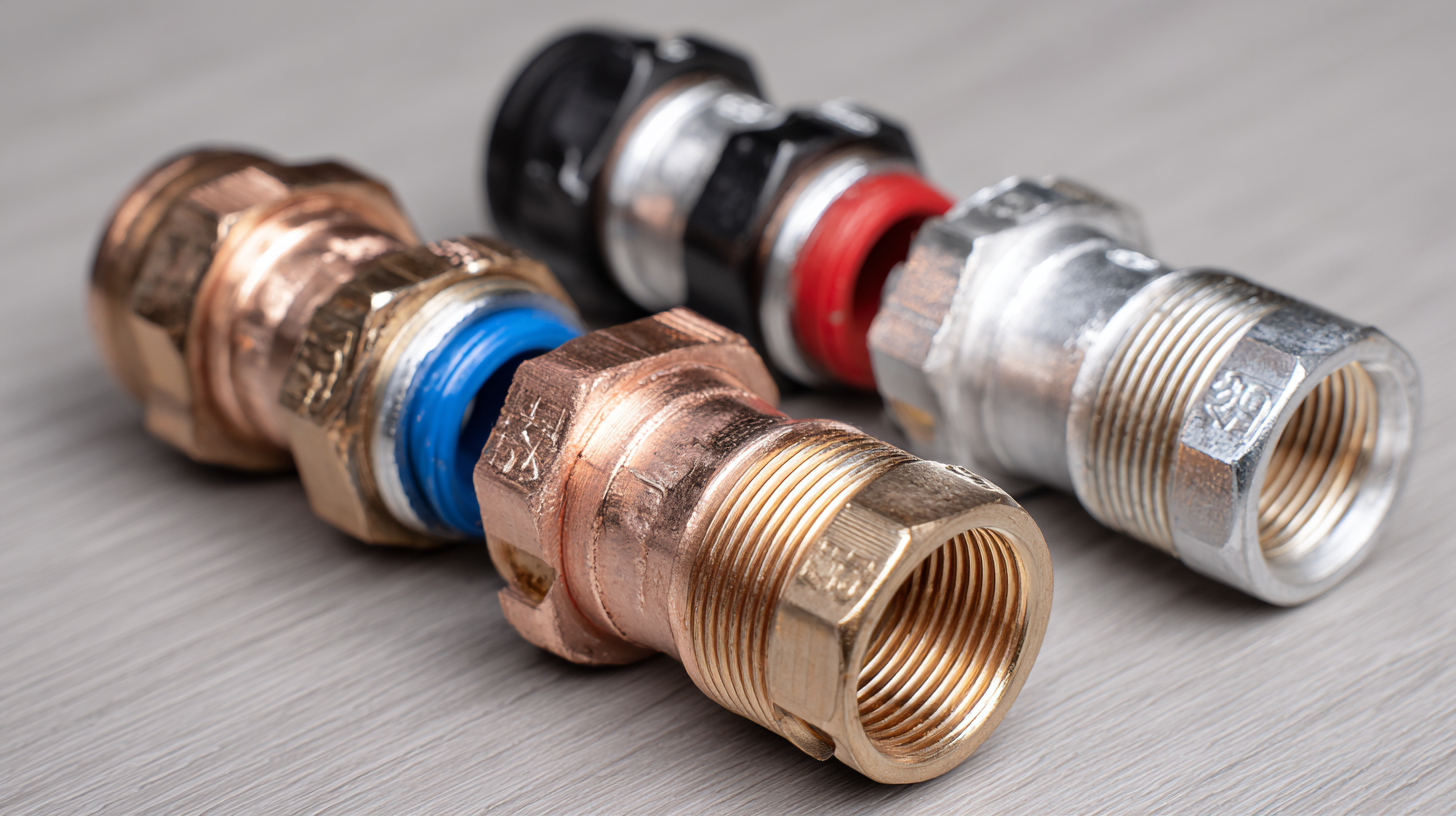 When it comes to installing press fittings in plumbing, employing
best practices is pivotal for ensuring seamless connections and preventing leaks.
According to industry reports, improper installation can lead to up to 70% of plumbing failures,
highlighting the importance of precision during the installation process. To achieve a robust connection, it is essential to
prepare the pipe surface properly, ensuring it is clean and free from contaminants.
When it comes to installing press fittings in plumbing, employing
best practices is pivotal for ensuring seamless connections and preventing leaks.
According to industry reports, improper installation can lead to up to 70% of plumbing failures,
highlighting the importance of precision during the installation process. To achieve a robust connection, it is essential to
prepare the pipe surface properly, ensuring it is clean and free from contaminants.
Utilizing the right alignment and support during the pressing process is equally crucial, as this ensures the fittings achieve optimal sealing.
To enhance the integrity of your press fitting installations, industry experts recommend using calibrated pressing tools. These tools not only provide consistent pressure but also help in verifying that the connection meets quality standards, ultimately reducing the potential for future issues. Furthermore, regular inspection and maintenance practices following installation can add longevity to the connections made, with reports indicating that properly maintained plumbing systems can reduce repair costs by as much as 30% over time. By adhering to these best practices, you can ensure that your plumbing needs are met effectively and efficiently.
Long-Term Performance: Analyzing the Durability and Cost-Effectiveness of Press Fittings
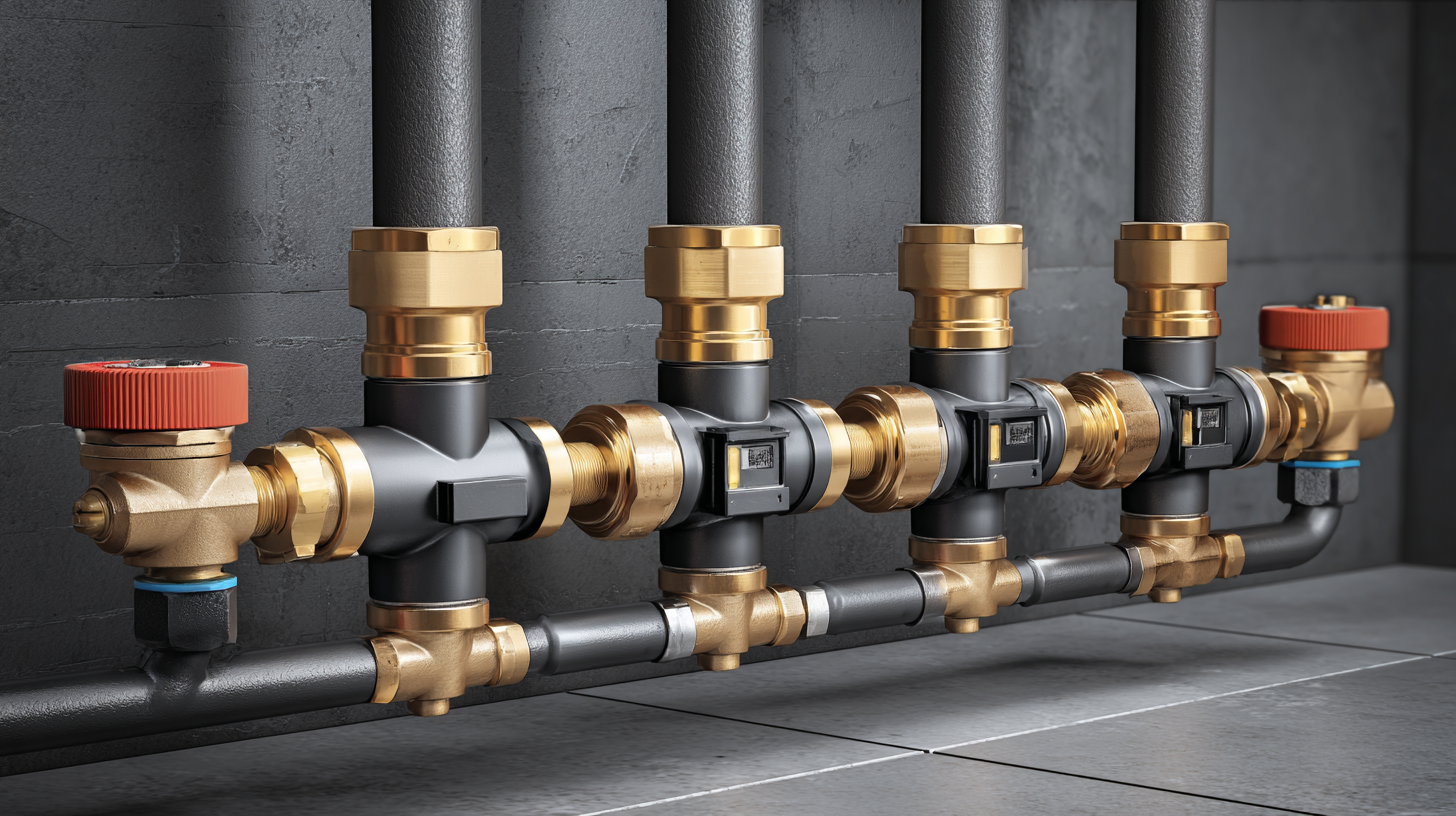 When it comes to plumbing, the choice of fittings can significantly impact both durability and cost-effectiveness. Press fittings, known for their innovative joining techniques, provide an alternative to traditional methods like soldering and welding. According to a report by the National Association of Plumbing Contractors, the average lifespan of press fittings is estimated to exceed 50 years, well surpassing that of more conventional fittings that require periodic maintenance and replacement. This longevity results in reduced long-term costs for homeowners and businesses alike, as fewer repairs and replacements are needed over the years.
When it comes to plumbing, the choice of fittings can significantly impact both durability and cost-effectiveness. Press fittings, known for their innovative joining techniques, provide an alternative to traditional methods like soldering and welding. According to a report by the National Association of Plumbing Contractors, the average lifespan of press fittings is estimated to exceed 50 years, well surpassing that of more conventional fittings that require periodic maintenance and replacement. This longevity results in reduced long-term costs for homeowners and businesses alike, as fewer repairs and replacements are needed over the years.
Moreover, the initial financial investment in press fittings can be offset by their efficiency and ease of installation. Industry research from the Plumbing Industry Council indicates that installation using press fittings can reduce labor costs by up to 30%, primarily because they allow for quicker connections and fewer leaks during setup. Additionally, press fittings are designed to withstand extreme pressure and temperature fluctuations, further enhancing their reliability. Ultimately, the integration of press fittings into plumbing systems is a smart choice for those seeking to balance durability with cost-effectiveness, ensuring both a secure and economically viable solution for their plumbing needs.
Related Posts
-

The Ultimate Guide to Choosing the Right Brass Fittings for Your Plumbing Needs
-
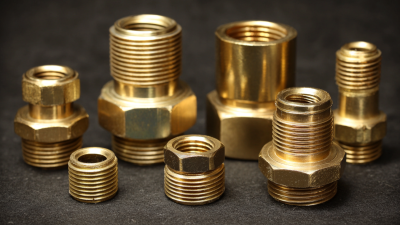
How to Choose the Right Brass Fittings for Optimal Plumbing Efficiency
-

How to Choose the Right Ball Valve for Your Industrial Needs
-

Understanding the Unique Features of Ball Valve Types for Industrial Applications
-
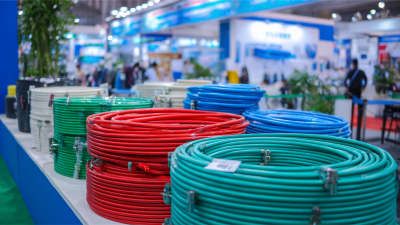
Exploring the Growth of PPSU PEX Fittings Industry Trends at the 138th China Import and Export Fair 2025
-

Understanding the Benefits of Using Brass Elbow Fittings in Plumbing Systems
